Unleashing the Potential: Exploring the Role of PCBs in Industrial Automation
Martin Huang
Posted on December 7, 2023
Industrial automation has revolutionized the manufacturing landscape, driving efficiency, productivity, and reliability in various industries. At the heart of this automation revolution lies the Printed Circuit Board (PCB), a critical component that enables the seamless integration of electronic systems in industrial environments. In this article, we will delve into the role of PCBs in industrial automation, uncovering how they unleash the potential for increased efficiency, precision, and innovation in manufacturing processes.

The Evolution of Industrial Automation
The concept of industrial automation has come a long way since the first automated machines were introduced. From simple mechanical systems to advanced computer-controlled processes, industrial automation has transformed manufacturing across diverse sectors such as automotive, electronics, pharmaceuticals, and more.
The adoption of electronic systems and PCBs in industrial automation has been instrumental in driving this evolution. PCBs facilitate the integration of sensors, actuators, controllers, and communication modules, enabling precise control and monitoring of manufacturing processes.
Enabling Precision and Control
Precision is a key requirement in industrial automation, where even minor variations can have significant consequences. PCBs play a crucial role in providing the necessary precision and control over manufacturing processes.
By incorporating microcontrollers, analog and digital components, and signal processing circuitry, PCBs enable accurate measurements, feedback control, and real-time adjustments. They ensure that industrial automation systems maintain tight tolerances, resulting in consistent product quality, reduced waste, and improved overall efficiency.
Interface and Communication
Efficient communication and seamless data exchange are vital in industrial automation systems. PCBs act as a communication hub, connecting various components and devices within the automation ecosystem.
PCBs facilitate the integration of industrial communication protocols such as Modbus, Profibus, and Ethernet/IP, enabling the exchange of data between different machines, sensors, and control systems. This seamless communication allows for centralized monitoring, control, and synchronization of manufacturing processes, leading to enhanced productivity and streamlined operations.
Robustness for Harsh Environments
Industrial environments can be harsh, characterized by extreme temperatures, humidity, vibrations, and electromagnetic interference. PCBs designed for industrial automation applications are built to withstand these challenging conditions.
Industrial-grade PCBs employ robust materials, specialized coatings, and ruggedized designs to ensure reliability and longevity. They undergo rigorous testing to withstand temperature variations, mechanical stress, and chemical exposure commonly encountered in industrial settings.
Customization and Flexibility
Industrial automation systems often require tailored solutions to meet specific manufacturing requirements. PCBs offer the advantage of customization and flexibility, allowing for the design and integration of application-specific features.
Design engineers can optimize PCB layouts, component placement, and signal routing to accommodate unique automation processes. This customization capability enables industrial automation systems to adapt to evolving manufacturing needs, making them versatile and future-proof.
Scalability and Modularization
Scalability is crucial in industrial automation, as manufacturing demands can vary over time. PCBs enable scalability through modular designs and expandable architectures.
Modular PCB designs allow for the addition or removal of modules, making it easier to scale up or down production capacity. This flexibility enables manufacturers to respond quickly to changing market demands, ensuring efficient use of resources and maximizing productivity.
Enhancing Safety and Compliance
Safety is paramount in industrial automation, where human operators often work in close proximity to automated machinery. PCBs contribute to enhanced safety through the integration of safety features and compliance with industry regulations.
Safety-related components, such as emergency stop circuits, interlock systems, and safety relays, are seamlessly integrated into PCB designs. Additionally, compliance with safety standards, such as ISO 13849 and IEC 61508, ensures that industrial automation systems adhere to rigorous safety requirements.
Future Innovations and Emerging Trends
The role of PCBs in industrial automation continues to evolve, driven by emerging technologies and market demands. As the industry moves towards Industry 4.0 and the Industrial Internet of Things (IIoT), PCBs will play a crucial role in enabling interconnected and intelligent manufacturing systems.
PCBs will integrate advanced features like wireless connectivity, edge computing, and artificial intelligence, enabling real-time analytics, predictive maintenance, and adaptive manufacturing. These advancements will further enhance efficiency, productivity, and sustainability in industrial automation.
Final Thoughts
PCBs have become indispensable in the realm of industrial automation, empowering manufacturers to unleash the potential for increased efficiency, precision, and innovation. From providing precise control and seamless communication to ensuring robustness in harsh environments, PCBs play a vital role in shaping the future of manufacturing.
As industrial automation continues to evolve, PCB manufacturers and design engineers will drive further innovation, developing cutting-edge solutions that push the boundaries of efficiency, safety, and scalability. By harnessing the power of PCBs, industries can achieve unparalleled levels of productivity, quality, and competitiveness.
The potential of PCBs in industrial automation is limitless. As we look ahead, we can expect PCBs to continue enabling transformative advancements that shape the landscape of modern manufacturing.
If you found this article insightful, stay tuned for more in-depth discussions on the intersection of PCBs, electronics, and various industries, as we uncover the exciting possibilities of technology-driven innovation in industrial automation.



